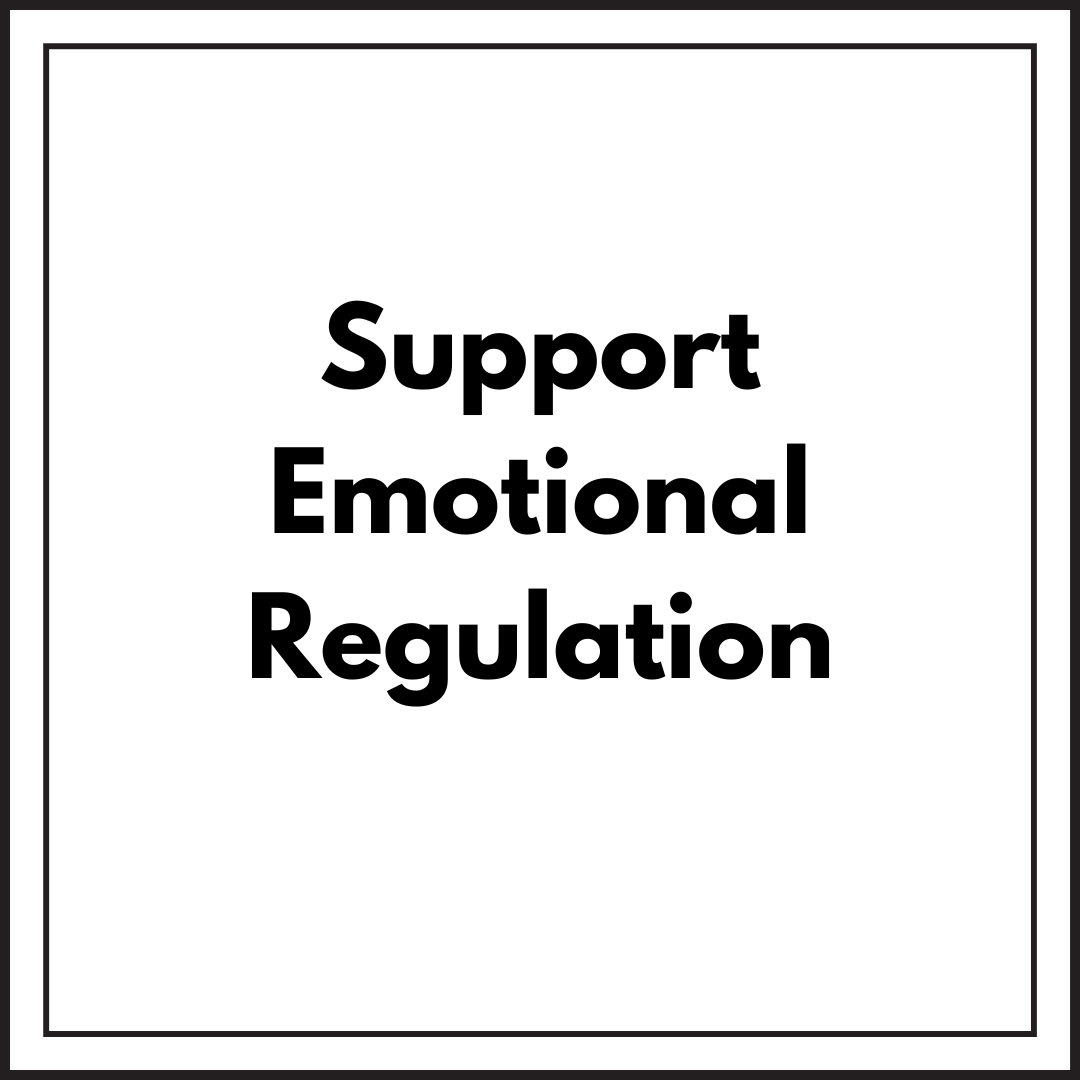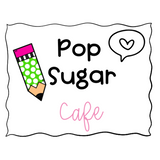
· By Elizabeth Muncey
Why Calm Routines Matter More Than Ever During the Holidays
🎁 How structure and predictability help kids with ADHD and sensory sensitivities thrive during busy seasons.
🌿 Introduction
The holidays are full of magic — sparkling lights, special activities, and time with family. But for many kids with ADHD, autism, or sensory sensitivities, the excitement can quickly become too much.
Changes in routine, unpredictable schedules, and sensory overload can lead to stress, meltdowns, and exhaustion — for kids and adults.
The secret to preserving the joy of the season? Calm routines.
Even during the busiest times, predictable structure and emotional safety give kids the confidence to enjoy every celebration.
🕯️ 1. Predictability Creates Emotional Safety
Kids feel calmer when they know what’s coming next. During the holidays, everything changes — school schedules, meal times, bedtime.
Keeping even a few routines consistent helps kids feel grounded.
💡 Try This: Use a visual holiday schedule to show each day’s activities. Include simple icons or images for events like decorating, family dinner, or travel.
This predictability reduces anxiety and lets kids prepare for transitions calmly.
💛 2. Calm Routines Support Emotional Regulation
When routines stay predictable, kids have fewer emotional spikes and meltdowns.
Calm routines act like guardrails — keeping kids from tipping into overwhelm.
💡 Try This: Add a “Calm Break” to your daily schedule. Call it Body Reset or Quiet Time.
Even five minutes of calm each day helps kids reset their energy and focus.
Pair this with calm choice boards from your Holiday Calm System Starter Kit to teach healthy coping options like breathing, drawing, or stretching.
🎄 3. Structure Reduces Sensory Overload
Holiday environments are full of sound, color, and motion. Without a rhythm to the day, sensory input piles up fast.
Predictable routines act as sensory anchors — giving kids time to recover and reset.
💡 Try This: Use “First/Then” visuals:
First — family dinner
Then — quiet play or movie time
Simple transitions with visuals make a world of difference for sensory-sensitive children.
🧠 4. Calm Routines Build Independence
When kids can see and follow a routine on their own, they build independence and confidence.
💡 Try This: Post a Calm Morning Flow Chart (from your Holiday Calm bundle) so kids can start their day with structure.
It helps reduce dependence on verbal reminders — and mornings become smoother for everyone.
🕊️ 5. Calm Routines Strengthen Connection
Consistency creates safety — and safety allows connection. When kids feel calm, they can engage more fully in family moments, learning, and play.
💡 Try This: End each day with a calm reflection — a few minutes to share “one thing that made me feel calm today.”
These small check-ins teach kids to recognize calm and carry it into tomorrow.
✨ Wrap-Up: Calm is the Gift That Lasts All Year
Calm routines don’t take away the fun — they make it possible. By creating predictability, teaching emotional tools, and modeling calm behavior, you help kids build lifelong regulation skills.
When calm is consistent, kids thrive — and the holidays become joyful again.
🎁 Start your calm journey today.
Download the Holiday Calm System Starter Kit to get visual schedules, calm choice boards, and emotion check-ins for free — and upgrade to the Limited Edition Holiday Calm System for all three seasonal kits and family bonuses.





